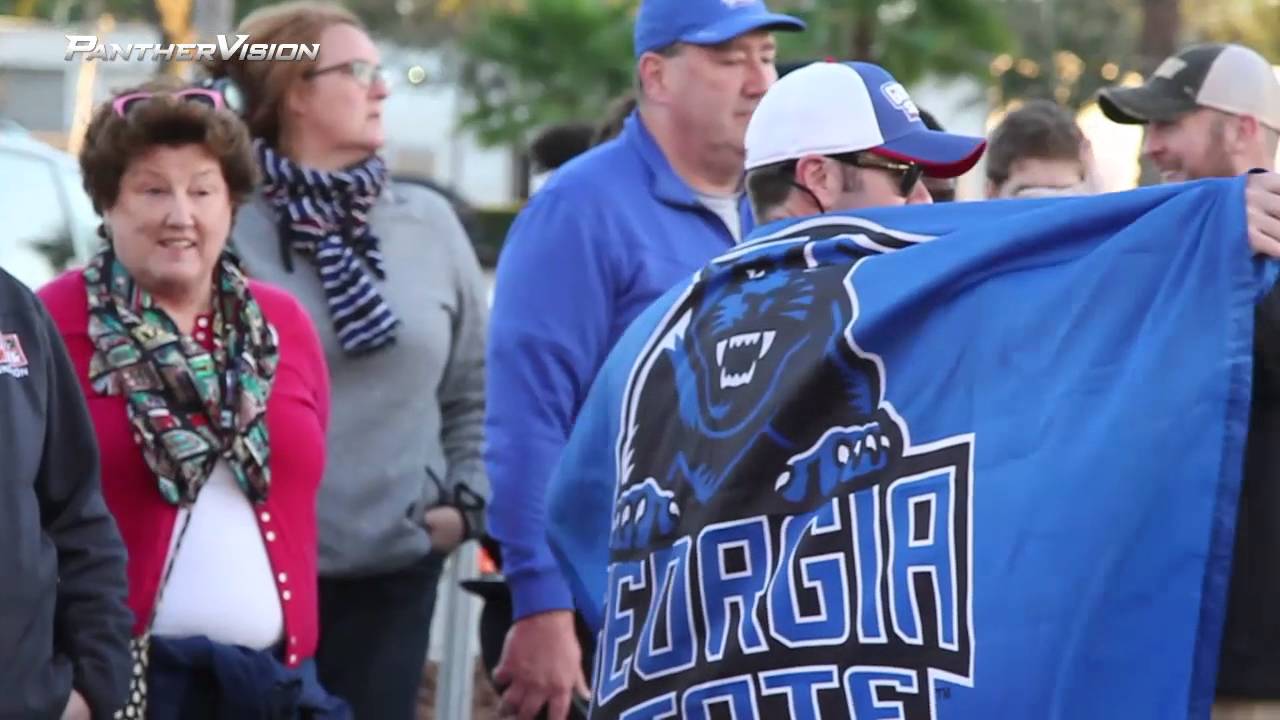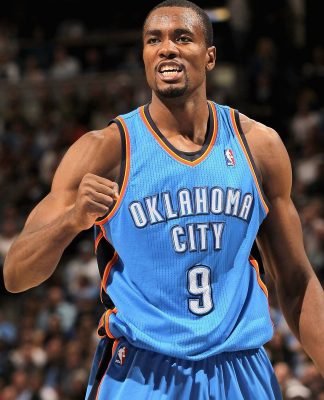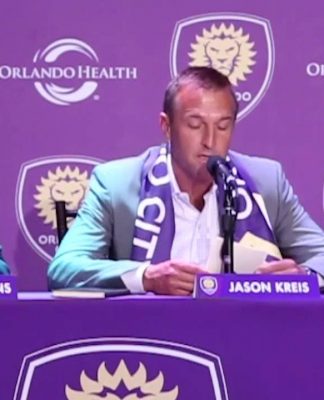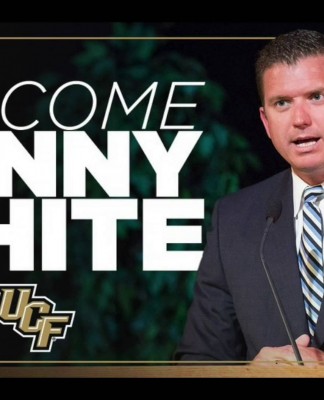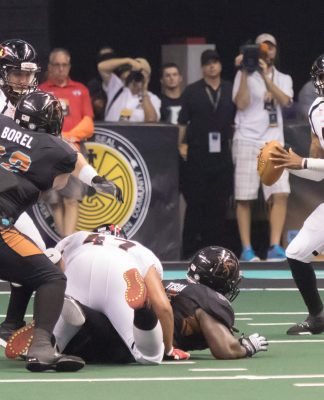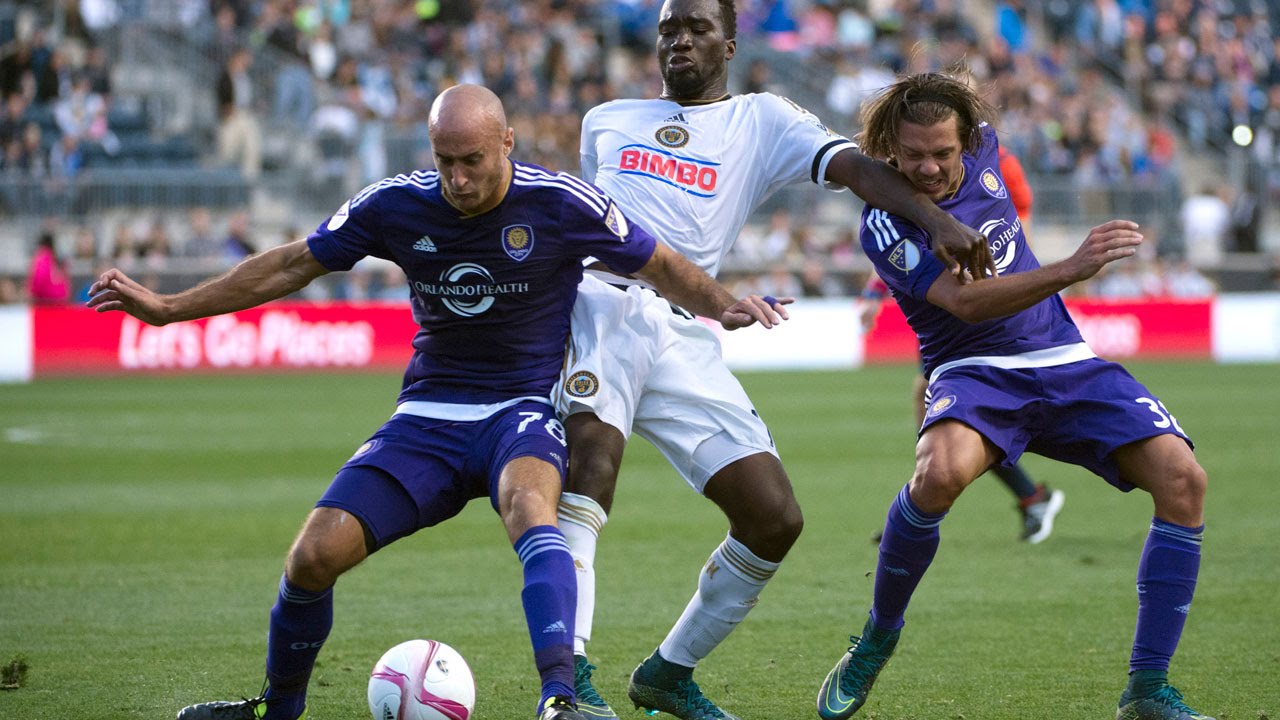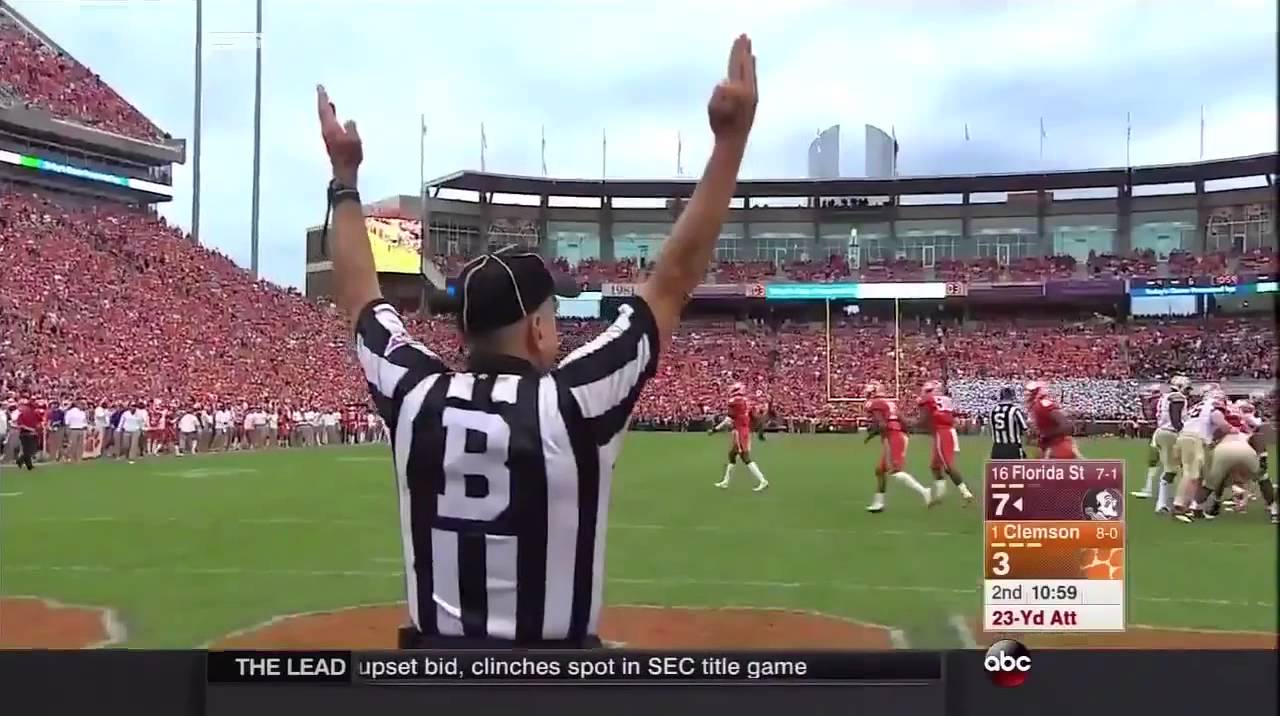Perhaps overlooked on the bowl schedule, the Cure Bowl turned into a unique and exciting experience worth doing again and again.
The Cure Bowl was always something of an experiment.
The lower-tier bowl games are, especially the new ones trying to muscle into the landscape. The matchups are not sexy. Interest is more about TV ratings than attendance at the game. They get lampooned in the media for giving out participation trophies.
This game had those elements. To keep the Saturday night time the bowl game wanted, it was relegated to CBS Sports Network, the cable network’s first bowl game.
The agreement it had with the Sun Belt and American Conference could not be fulfilled since the American did not have enough six-win teams. A 5-7 San Jose State team had to travel cross country for the matchup.
This had all the makings of a disaster of an early-season bowl game. Not enough to cancel the second Cure Bowl in 2016, but enough to make this game relatively forgettable.
None of that happened. The Cure Bowl was a complete success. It differentiated itself, it raised money for an incredible cause — and a lot of it — and it provided a good game.
The Cure Bowl saw Georgia State nearly win its first bowl game, coming up inches short on a 4th-and-1 throw that if successful would have given the team the lead. Instead San Jose State and its diverse rushing attack featuring running back Tyler Ervin and quarterback Kenny Potter.
It saw kids playing their hearts out and feeling the thrill of victory and the pangs of defeat. It was a stark contrast sitting in the press room after the game and seeing the visibly shaken and disappointed Georgia State quarterback, Nick Arbuckle, while hearing the celebration in the adjacent San Jose State locker room.
The Cure Bowl’s main purpose was to raise money and awareness for breast cancer research. The bowl sponsor, AutoNation, donated $1 million with an on-field presentation during the game. The Cure Bowl announced it was donating $150,000, touted as the largest single charitable donation from a bowl game in bowl history.
The Orlando Sports Foudnation is donating $150K to the @BCRFcure, the largest charitable donation by any bowl game ever. #CureBowl
— Bryce, or was it Bruce? idk (@brycebrimhall) December 20, 2015
The purpose was clear from the very beginning that this was about more than a football game. TV ratings (which CBS Sports Network does not release) did not matter. Attendance matters only as a means to raise money and awareness — the game had more than 18,000 fans in announced attendance.
Seeing what it meant to everyone involved, this game mattered more than the team’s records would suggest. It might have been one of the first bowl games on the schedule, but it might as well have been a championship game considering how well the teams played throughout.
Even the sometimes usually cynical Rodger Sherman of SBNation had to admit that this overall meaningless game meant something to someone. At least to the parties involved:
The bowl appears financially solvent, and then some. Over a million real dollars went to charity.
If you think there are too many bowl games, feel free to call the Cure Bowl the worst bowl of all time. Some people got to be happy anyway. If you think there are too many bowl games, maybe you should try feeling happy, too.
“Every player that I interact with says, ‘Thank you,'” says Dowdy. “They say, ‘Thank you for allowing me to play another game.’ They say, ‘I’m a senior. I thought I played my last game.’ They say, ‘This is my first bowl experience ever.'”
Will that purpose push forward? Will it succeed a second time? Can they pull it off again? Can they move up and get more notice? Will that cause the bowl game to lose what made it special to everyone involved? Will other bowl games model its charitable nature?
These are all questions the inaugural Cure Bowl raised. Questions that many in the bowl picture will be curious to see answered too.
There was more than enough curiosity with this unique game — both on the field and off the field — to keep it going. The game certainly represents a mission and purpose that needs to continue. That should be more than enough to bring the Cure Bowl and all the interested participants back to the Citrus Bowl next December.
As far as first bowl games go, this was an unmitigated success.
